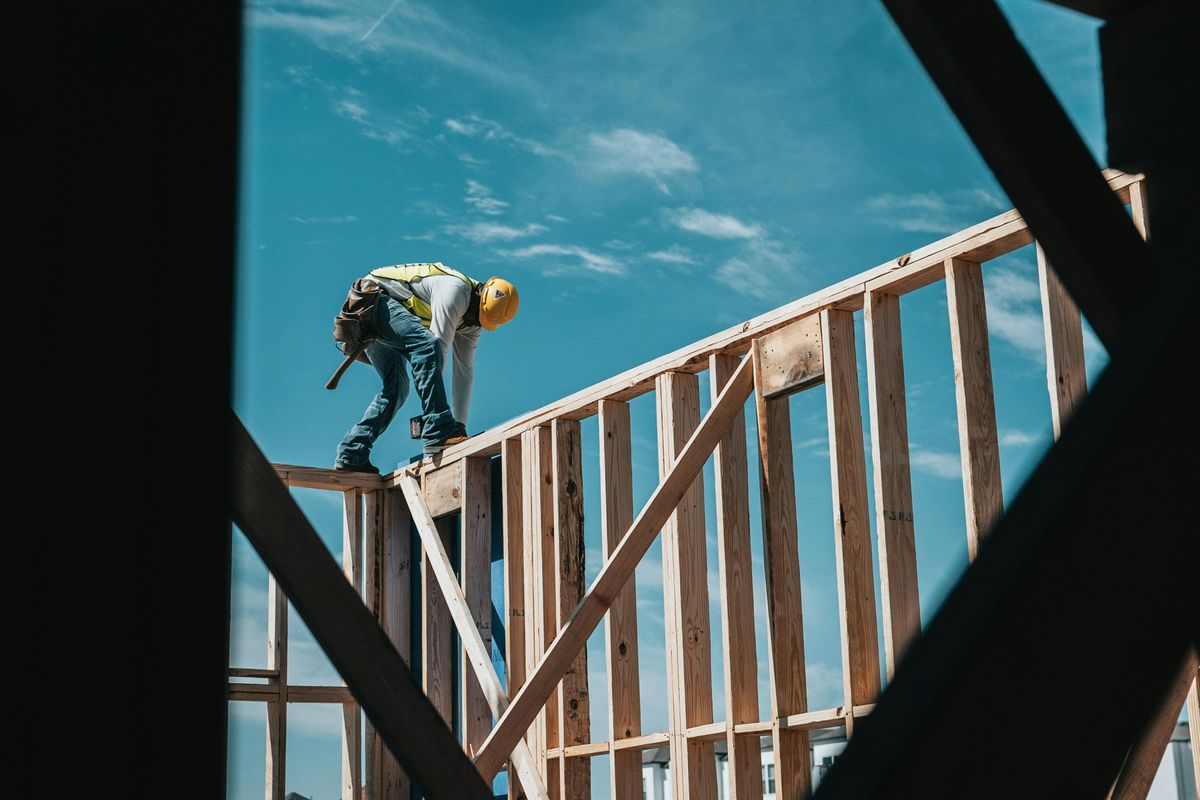Canada’s commercial real estate sector has withstood the COVID-19 pandemic quite well considering how much capital has been poured into it amid several lockdowns. And according to a CBRE outlook report, the good times will keep rolling.
The report opened by stating that “2022 will be the year of normalization,” and added that tech office occupiers will return to their pre-pandemic occupancy rates, suggesting demand for commercial units in urban centres will be robust.
Office Sector Slated for Recovery This Year
Building on a momentous fourth quarter, net absorption this year is expected to reach 6.2M sq ft before rising to a 15-year high in 2023. Moreover, American companies will expand into Canada this year, resuming plans that were interrupted by the pandemic, with CBRE calling Montreal, Edmonton, and the Waterloo Region the main beneficiaries. Class-A, amenity-rich buildings will also be in hot demand.
An additional trend this year is that mass timber development is slated to increase. It offers 60-70% carbon emissions savings compared to traditional steel and concrete buildings, and offer the same authenticity and aesthetics of brick-and-beam buildings, CBRE’s report said.
Entering the third year of the COVID-19 pandemic, workplaces are recalibrating their strategies and, unlike at the outset of the coronavirus crisis, they’re taking longer-term views instead of being reactionary. Nevertheless, return-to-work policies will be instituted throughout the year beginning this spring in Vancouver, Calgary and Edmonton, then Ottawa, Toronto and Montreal.
Tech occupiers are major leasers in Canada’s prime office space, with Vancouver, Toronto and Ottawa the three tightest downtown markets, with Montreal coming in at No. 7. In fact, job growth in these sectors has been robust during the last two years, as employment returned to pre-pandemic levels a mere eight months after the crisis began, with office jobs in the field sitting at a 264,300 surplus, increasing by 9.5% over February 2020. The report also said that, at 5.5%, scientific-based knowledge workers have the third-highest job vacancy rate.
Both the tech and creative sectors, which include gaming, VFX and media companies, comprise 38.1% of all leasing in Canada—almost as much as the next five industries, CBRE’s report said.
CBRE’s 2021 Occupier Sentiment Survey revealed that 87% of large companies intend to adopt the hybrid work model permanently, which is going to create a seismic shift in Canada’s office sector as many will downsize. However, for every company that reduces its physical footprint, there’s another that is growing and will absorb whatever is relinquished to the market. And while companies’ office strategies will evolve heuristically, CBRE said demand for highly differentiated office spaces will be in high, but that it will fall for commodity space. Moreover, ESG targets will drive new office development.
Industrial Real Estate Demand Is Hotter Than Ever
E-commerce was impactful before the pandemic but it has taken off since March 2020. Online sales in Canada have grown from 10% in 2019 to 19.6% today, and a warehousing needs have risen as a result, which show no signs of dissipating.
An additional trend to watch is rising investment in automation and robotics, the manifestation of which will be in new build construction and help occupiers realize their operational and environmental efficiency goals. However, with a shortage of available space in the industrial sector, especially in all key markets, CBRE expects preleasing activity driven by third-party logistics and e-commerce firms will be elevated going forward.
One reason e-commerce sales have surged throughout the pandemic is Canadians’ savings also soared during that time, but that major scarcity of warehouses is necessitating need for more development, which CBRE said will occur this year.
Supply chain bottlenecks have also impelled retailers to carry surplus product in lieu of the “just-in-time” inventory model, intensifying demand for the little inventory that’s out there. CBRE noted that, based on the historical correlation between occupied industrial real estate and the country’s business inventories, a 5% boost in inventory means 90M-120M sq ft of warehouse space will be needed over the next several years, which would be more than all the industrial space that has been brought to market in the last five years. Rents have surged in recent quarters, but real estate costs comprise only 5% of total supply chains expenses, the bulk of which are attributed to labour and transportation.
There was a record 36.2M sq ft of industrial space under construction at the beginning of 2022, and with the dearth of available units, this is how most occupiers successfully absorb space. However, they will have to act quickly because serviceable land is fast disappearing and competition in the preleasing market is fierce too, with 67.2% of projects under construction preleased.
Labour shortages and escalating transportation costs will influence businesses’ decisions with respect to location. Large population centres will alleviate some of their pain by providing larger pools of labour and reducing inter- and intra-national freight costs, which increased considerably during the pandemic.





















